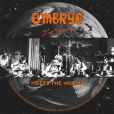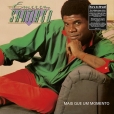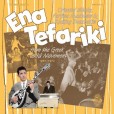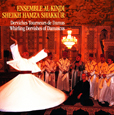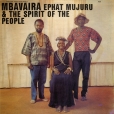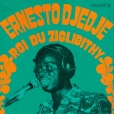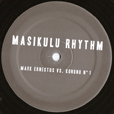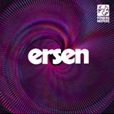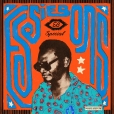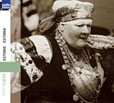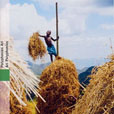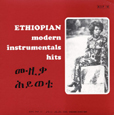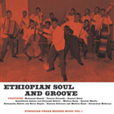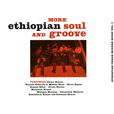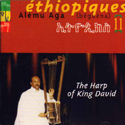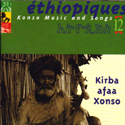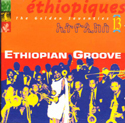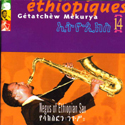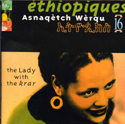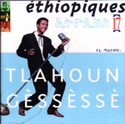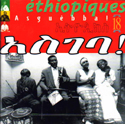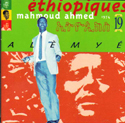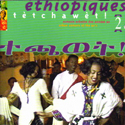Your basket is empty

Classic Brazilian boogie, from 1983; including a killer version of Tania Maria’s Come With Me — Vem Menina — and the dancefloor smash O Amigo De Nova York.
‘Returning from Paris home to Côte d‘Ivoire in 1974, Ernesto began looking for like-minded musicians to form the mighty Ziglibithiens. Diabo Steck (drums), Bamba Yang (keyboards & guitar), Léon Sina (guitar) and Assalé Best (saxophone) would become the core of the group and together with Ernesto they began thinking of ways of combining the rhythms and chants of the Bété people together with makossa, funk and disco. He called his experiment Ziglibithy and his first two albums — recorded at the EMI studios in 1977 in Lagos and released on the Badmos label — took West Africa by storm, turning Ernesto Djédjé into an icon overnight, and one of the all-time legends of African music.
‘The song Zighlibitiens, brought to Colombia by an aeronautical mechanic in the early 1980, would become a huge hit on the Caribbean Coast. Renamed El Tigre by locals soundsystem operators, it attained holy-grail status in Barranquilla and Cartagena. Setting fire to innumerable local parties, it has become one of the most sought-after albums in that part of the world. And so while Ziglibithy has mostly disappeared from the airwaves of its country of birth, on the other side of the Atlantic, its fire continues to shine bright.’
The Basic Channel maestro takes on Konono. So brawling and bad-minded, dense and intense, and musically expert, it amounts to a ritual humiliation of the genre Dub Techno.
Anatolian funk rock revive.
From the south-east corner, with uneasy Estonian identity, and ties to Russia via the Orthodox Church — striking singing about everything, in different lineups, with recordings from the 1930s till up to date.
Dramatic, intricate singing from South West Ethiopia — non-verbal, the voice turned inside out, used like an instrument — sometimes with lyre, riffing till death do us part, clapping, flutes from space, bells, and other accompaniments.
Vinyl selections from CD Volumes 1, 4 and 8… featuring Mulatu Astatke.
Music from the Amha label run by Amha Ashete, driving force of modern Ethiopian music.
With virtuoso self-accompaniment on the beguena — an oversize ten-string lyre, the oldest instrument played in Ethiopia: religious songs as well as traditional fables, folk tales and poems.
The music of the Konso — a tribe from the Sudanese border country — to do with daily chores, sacred or ritual matters, and entertainment. Flutes, bells, harps, horns, xylophones, drums.
Another survey of the golden age of modern Ethiopian dance music — bound up with the production of vinyl records — between 1969 and 1978.
Starting in the early fifties, long before Ayler and Ornette, Mekurya’s stroke of genius was to give improvisatory voice on his saxophone to the ‘shellela’ singing style — epic, harsh, war-like.
Self-taught on krar-lyre, favourite instrument of the azmari; and — alternately poignant and sarcastic — the last great singer, story-teller and free-thinker to carry on their tradition of poetic cut-and-thrust.
For Ethiopians, their greatest singer of all time; with music arranged by Mulatu Astatqe for the Army Band, the Exhibition Band, the Police Orchestra, the Bodyguard Band.
The sequel to Volume 2 in this series, and featuring many of the same singers, accompanied by the messenqo (one-string fiddle), the krar lyre, the kebero drum and the accordion.
Alemye, from 1974.
The azmaris were originally wandering minstrels, roaming the Abyssinian countryside. These varied snapshots of the musical life of Addis Ababa in the 1990s are offered as a kind of homage to them.
